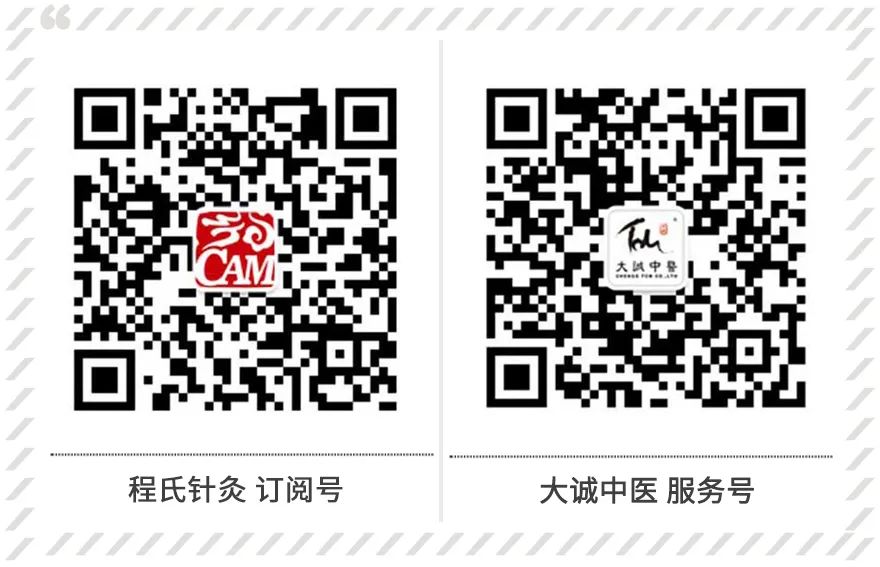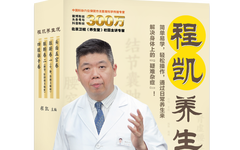This article is excerpted from: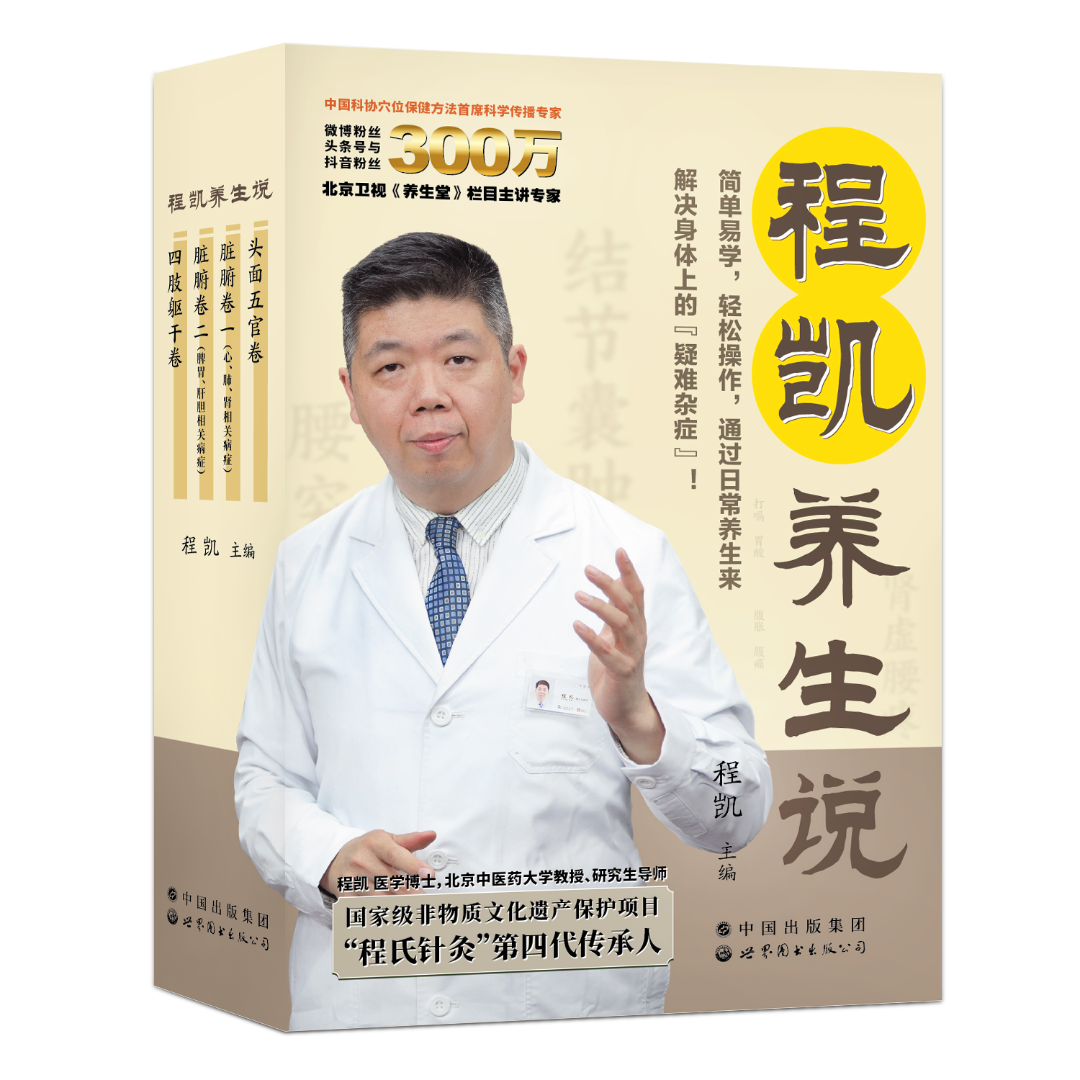
“Cheng Kai’s Health Talk: Discussing Health from Head to Toe”.
Published by: World Book Publishing Company, Beijing Branch
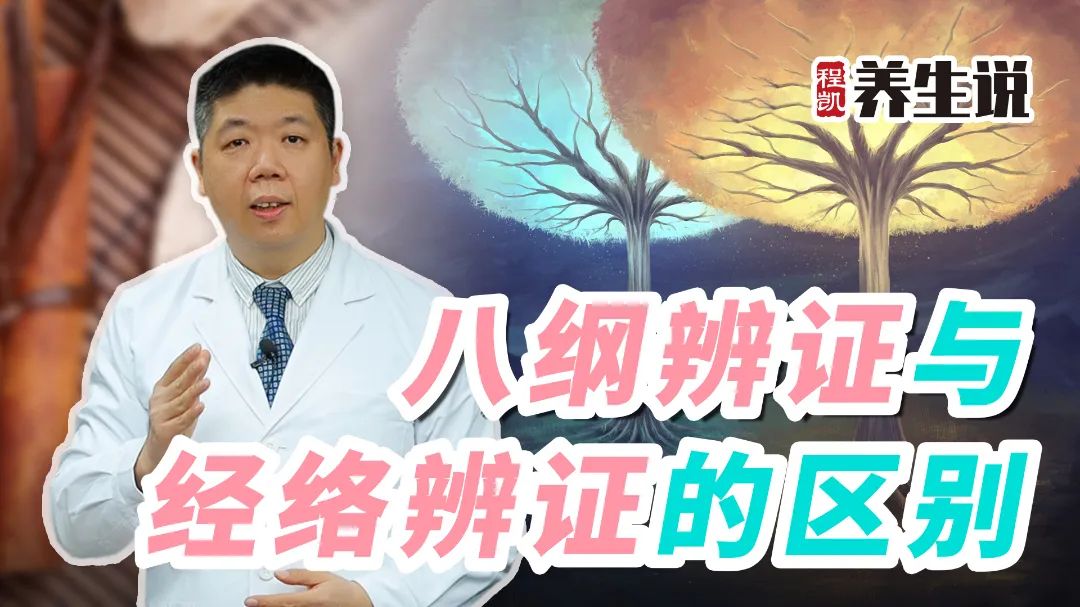
In Traditional Chinese Medicine (TCM), there are many diagnostic methods, among which the well-known Eight Principles Diagnosis includes the concepts of Exterior and Interior, Cold and Heat, Deficiency and Excess, and Yin and Yang. Although the Huangdi Neijing (Yellow Emperor’s Inner Canon) does not provide a rigorous and complete description of the Eight Principles Diagnosis, it establishes a system and philosophy that has been gradually supplemented by later generations. After the founding of the People’s Republic of China, the second edition of TCM Diagnosis elaborated on the ideas of the Eight Principles, which are now particularly emphasized in clinical practice.
The process of diagnosis is essentially about pursuing the causes of disease symptoms and distinguishing types to select appropriate methods for problem-solving. This is a crucial diagnostic process, as only through diagnosis can treatment be discussed.
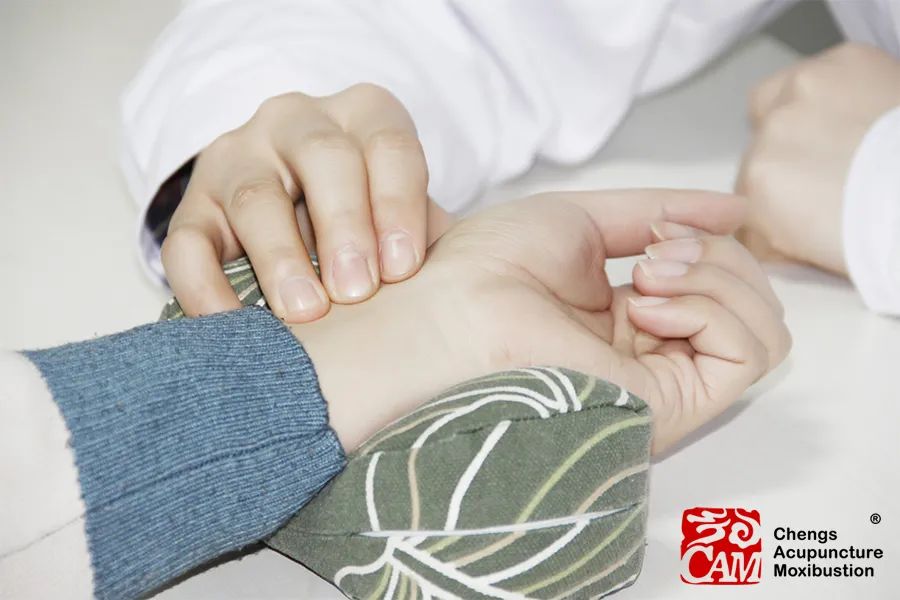
Distinguishing Exterior and Interior
Exterior refers to the body’s surface, while Interior refers to the internal organs and body cavities. Therefore, when the body is ill, there are two scenarios: one is a condition primarily affecting the exterior, and the other is one primarily affecting the interior.
Among the factors affecting human health, one is called Six Excesses, which refers to external pathogenic factors: Wind, Cold, Heat, Dampness, Dryness, and Fire. These often lead to exterior symptoms in the early stages of illness. Additionally, there are Seven Emotions Causing Disease: Anger, Joy, Worry, Thought, Sadness, Fear, and Shock, which can disrupt the internal organ functions, with symptoms often first appearing internally. By distinguishing the location of symptoms, whether they are on the exterior (muscle surface) or interior (organ-related), it becomes easier to identify the source and nature of the pathogenic factors. This is referred to as distinguishing the location of the disease.
Distinguishing Cold and Heat
Cold and Heat are used to distinguish the nature of the disease. The nature of the disease indicates whether it is a problem of excessive function or diminished function. External pathogenic factors may lead to either excessive or diminished bodily functions, resulting in symptoms that are either heat-related (excessive, agitated) or cold-related (weak, restrained). Once the nature of the disease is clear, one can treat heat with cold and cold with heat, using different methods to achieve balance.
Distinguishing Deficiency and Excess
Deficiency and Excess refer to the state of the pathogenic and righteous qi. If the body is overwhelmed by external pathogenic factors, it may lead to stagnation of bodily functions, or if internal pathogenic factors are excessive, they may obstruct the flow of qi and blood. This state is considered pathogenic excess. Conversely, if the righteous qi is weak and cannot resist external pathogens or eliminate internal waste, it is considered righteous deficiency. Thus, distinguishing deficiency and excess involves assessing the normal functions of the body, including its defensive capabilities and the state of qi and blood circulation. When pathogenic qi is strong, one should often use purging methods, while when righteous qi is weak, one should use tonifying methods. There can also be states of both pathogenic excess and righteous deficiency, allowing for a combination of purging and tonifying methods.
Distinguishing Yin and Yang
Yin and Yang serve as a classification method for types of diseases. Yin and Yang are mutually opposing, with clear boundaries between them, yet they also influence and transform each other. Yin can transform into Yang, and Yang can transform into Yin, leading to many changes in the development of diseases. Understanding the properties of Yin and Yang helps to recognize the complexities of conditions.

Distinguishing the location of the disease
Distinguishing the nature of the disease
Analyzing the state of pathogenic and righteous qi
Classifying disease types based on Yin and Yang
The four groups of opposing yet interconnected eight syndromes form a crucial method in clinical TCM diagnosis. This method is primarily used in the prescription system of TCM treatment. In acupuncture treatment, there is another unique diagnostic method known as Meridian Diagnosis. For instance, using the concept of meridians to view skin diseases or to identify the location of a symptom for meridian diagnosis, such as oral ulcers, headaches, or itching in the ear canal, many symptoms can be understood differently through meridian theory. The Eight Principles Diagnosis and its related prescription methods are primarily qualitative diagnostic methods.
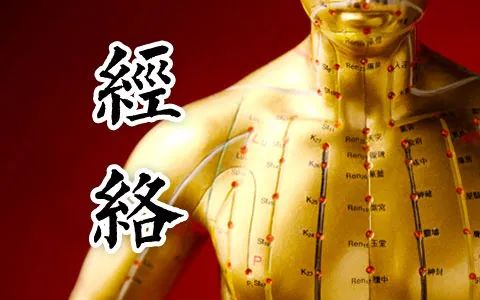
Qualitative diagnosis focuses on identifying general patterns and classifications, without overly emphasizing the specific location of the disease. Even distinguishing between exterior and interior is a vague concept, not particularly concrete. In contrast, meridian diagnosis adds a specific location diagnosis to the nature diagnosis.
Meridians travel through specific parts of the body, connecting certain organs, and their pathways provide clear locational information. For example, Yin and Yang meridians refer to the inner and outer sides, while hand and foot meridians refer to the upper and lower limbs. Although not as precise as modern medicine, they still provide strong locational information. Therefore, if a disease or symptom can be diagnosed through meridians, and if the location has strong meridian locational information, it can often be understood and intervened through meridian methods.
Because meridian diagnosis has the uniqueness of locational diagnosis, it occupies a very special position in the entire TCM system and plays a unique role. It also aligns well with modern medicine’s precise imaging and locational thinking. For example, in modern clinical practice, when acupuncture needles are inserted into an acupoint, it may stimulate a specific nerve or nerve cluster, leading to certain sensations or treating specific diseases or symptoms. This is why acupuncture is widely accepted today.
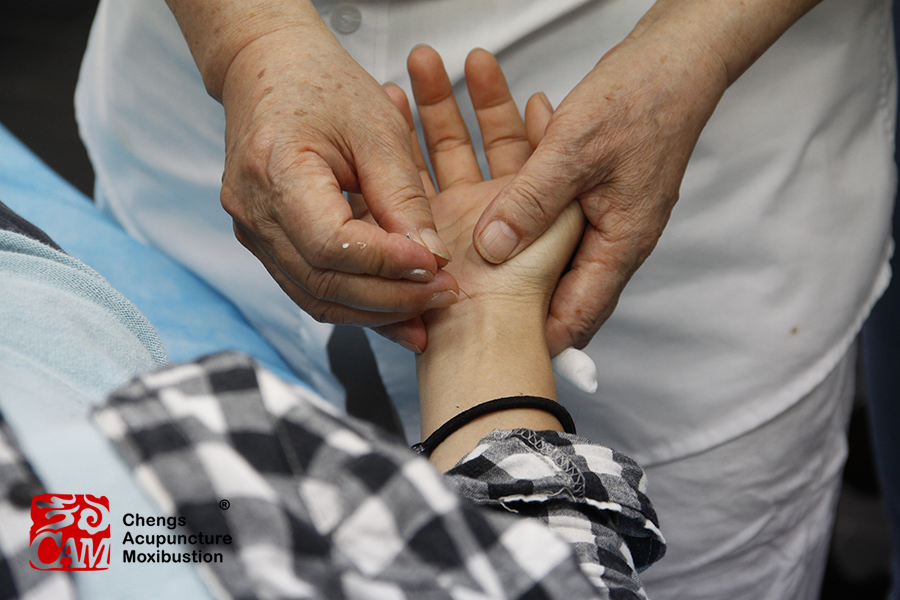
Thus, acupuncturists utilize both the Eight Principles Diagnosis, a qualitative diagnostic method, and extensively employ the clear locational perspective of Meridian Diagnosis. If you are interested in this topic, you may want to check out previous videos of “Cheng Kai’s Health Talk,” which explain many aspects of meridian diagnosis, including the pathways of different meridians and their relationships with organ functions and diseases.
Related Reading >>
Meridian Diagnosis of Ear Canal Itching
The Meridians Connected to the Tongue and Their Health Information
Floating Veins on the Body and Their Meridian Diagnostic Information
END
Text | Cheng’s Acupuncture
Images | From the Internet
For reprints, please contact us for authorization

■ ■■■■
Long press the QR code to follow us
